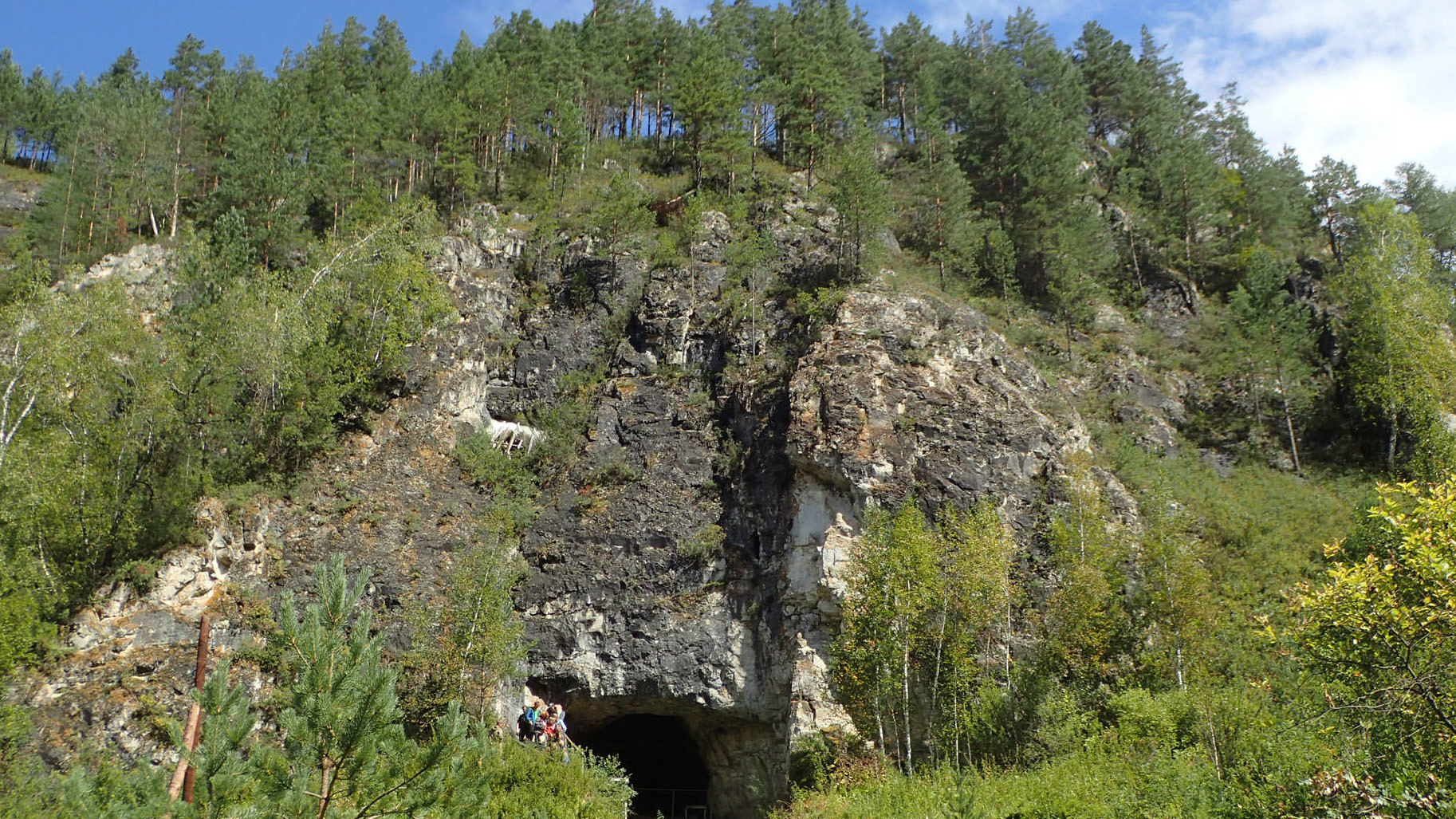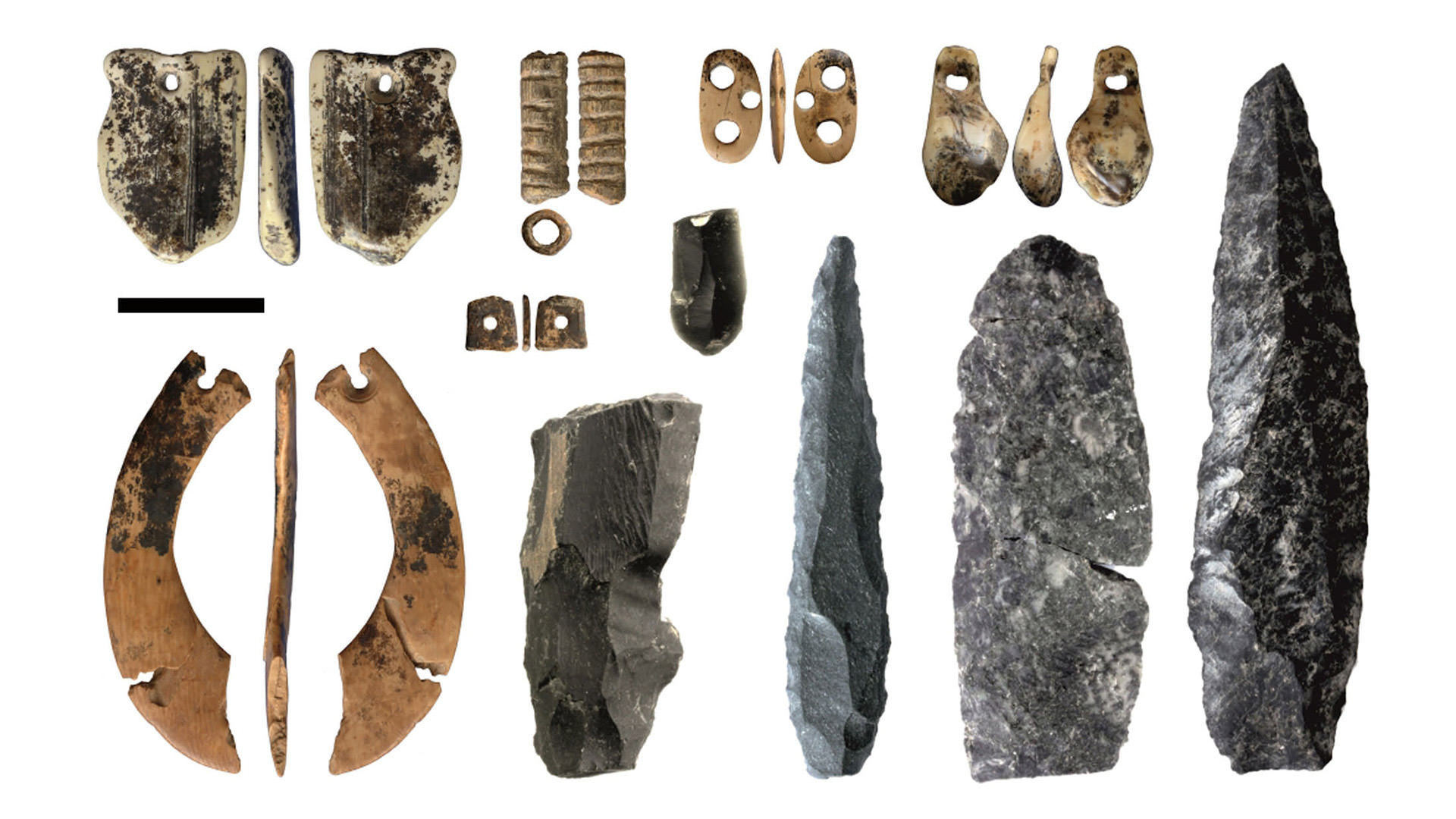Unlocking the history of human evolution, one grain of sand at a time
Filling in the blanks of how we got to where we are today and seeking insights towards our future
April 18, 2019
UOW Researchers are using optical dating to analyse hundreds of thousands of grains of sand to fill in the gaps of the human evolution puzzle.
The evolutionary timeline of modern and archaic humans is being redrawn one grain of sand at a time.
Three University of Wollongong academics are at the forefront of recalibrating what we know about the evolution of our own species, Homo sapiens, and that of our nearest evolutionary relatives (the Neanderthals and Denisovans) and the group of more archaic humans dubbed the Hobbits.
Re-writing history
For the past seven years, Professors Zenobia Jacobs, Bo Li and Richard 'Bert' Roberts from the UOW Centre for Archaeological Science have been working with colleagues from Russia, Canada, Germany and the UK to shine new light on the history of Neanderthals and Denisovans.
A few fragmentary fossils of both of these groups, as well as thousands of artefacts, have been discovered in Denisova Cave in the Altai Mountains of southern Siberia.
The cave is the only site in the world to have yielded Denisovan fossils, as well as a bone fragment of the daughter of a Neanderthal mother and a Denisovan father, revealing the two groups not only existed at the same time but also interbred to produce offspring.
"We are starting to fill in the gaps of the evolutionary puzzle and are interested in tracking the dispersal of our ancient ancestors and trying to understand why modern humans are the only species that still exist." - Professor Richard ‘Bert’ Roberts
The sediment containing these fossils and buried artefacts has been the focus of a comprehensive dating study by Professors Jacobs, Li and Roberts. By measuring more than 280,000 individual grains of sand using a method called optical dating, they have been able to determine when the sediment layers containing the fossils and artefacts were deposited in the cave.

The laser beam used for optical dating at the University of Wollongong, Australia. Photo: Erich Fisher
"Optical dating measures the last time mineral grains such as quartz or feldspars have been exposed to sunlight. When sand is blown around on the landscape, it is exposed to sunlight and its internal clock reset to zero. When it is then blown into a cave like Denisova, it quickly gets buried and hidden from sunlight," Prof Jacobs says.
"The moment it stops being exposed to the sun it begins to accumulate energy and the clock starts ticking. Radiocarbon dating is very reliable up to an age of about 50,000 years. Depending on the mineral used, optical dating can comfortably determine the age of sediments that were deposited as far back as 100,000 to 300,000 years, and under ideal circumstances it can even go as far back as 500,000 years."
The complexities of human evolution
Optical dating has been around since the 1985, but Professor Jacobs says it has really come into its own as dating method with technological and methodological advances since the late 1990s.

The entrance to Denisova Cave. Photo: Richard 'Bert' Roberts
Professors Jacobs, Li and Roberts have been working at archaeological sites around the world to refine the timeline for human evolution, and were alerted to the remarkable fossil finds at Denisova Cave in 2010.
"These discoveries change how we now think about human evolution. In the early 2000s, human evolution was widely considered to be a fairly simple story, with modern humans spreading out of Africa and replacing groups of archaic humans already living in Asia and Europe. But we now know that this is an over-simplistic view, and that a number of archaic humans survived into the same time period as modern humans, who also interbred with them," Prof Roberts says.
"There were many interactions between modern and archaic hominins, and among different groups of archaic humans, and there may be other, now extinct, populations of humans that we don't know about yet. We are starting to fill in the gaps of the evolutionary puzzle and are interested in tracking the dispersal of our ancient ancestors and trying to understand why modern humans are the only species that still exist."
Prof Roberts says the survival of Denisovans in southern Siberia until at least 50,000 years ago, in conjunction with the discovery of the remains of the Hobbits, another species of archaic human (Homo floresiensis) found in a cave on the Indonesian island of Flores in 2003, will hopefully help us appreciate the diversity of the human family tree until just a few tens of thousands of years ago.
"We're focussing our research efforts east of the Wallace Line, which is the biogeographical boundary that separates Asia from Wallace [the region encompassing the islands of eastern Indonesia and East Timor] and Australia," Prof Roberts says.
"Not many human species crossed the Wallace Line. Neanderthals didn't, but the Hobbits did. We don't know how or when, but other groups of archaic humans may also have been able to cross large tracts of water."

Initial Upper Palaeolithic artefacts from Denisova Cave (35,000-50,000 years old, scale bar 1cm).
Professor Roberts says other researchers in the UOW Centre for Archaeological Science have found Hobbit-like fossils on Flores dating back to 700,000 years ago, and the most recent fossils and stone tools associated with Hobbits indicate they survived on the island until 50,000 years ago.
"In evolutionary terms, you can't maintain a population for that length of time with just a handful of individuals, but we know almost nothing about the geographic distribution or demography of the Hobbits," he says.
"We also don't know the evolutionary history of Hobbits, whether they are a dwarfed version of Homo erectus [an archaic human that lived on the island of Java] that voyaged across the Wallace Line, or if they descended from an even more archaic species of human that migrated out of Africa into Asia much earlier."
The late survival of Neanderthals, Denisovans and Hobbits in parts of Europe and Asia shows Homo sapiens shared some regions of the planet with other, now extinct, groups of humans until just a few tens of millennia ago.
"We don't know why these other human species went extinct. Did our ancestors kill them, or did we force them out of their comfort zone? Were their populations decimated by disease, or did we outcompete them by a small but significant margin? No one has yet come up with a definitive answer," Prof Roberts says.
So why are modern humans the only species that still exist?
In the quest for answers, the researchers continue following the trail of discovery across the world, dating hundreds of thousands of individual grains of sand to fill in the blanks of how we got to where we are today, and maybe help determine what this means for us all in the future.